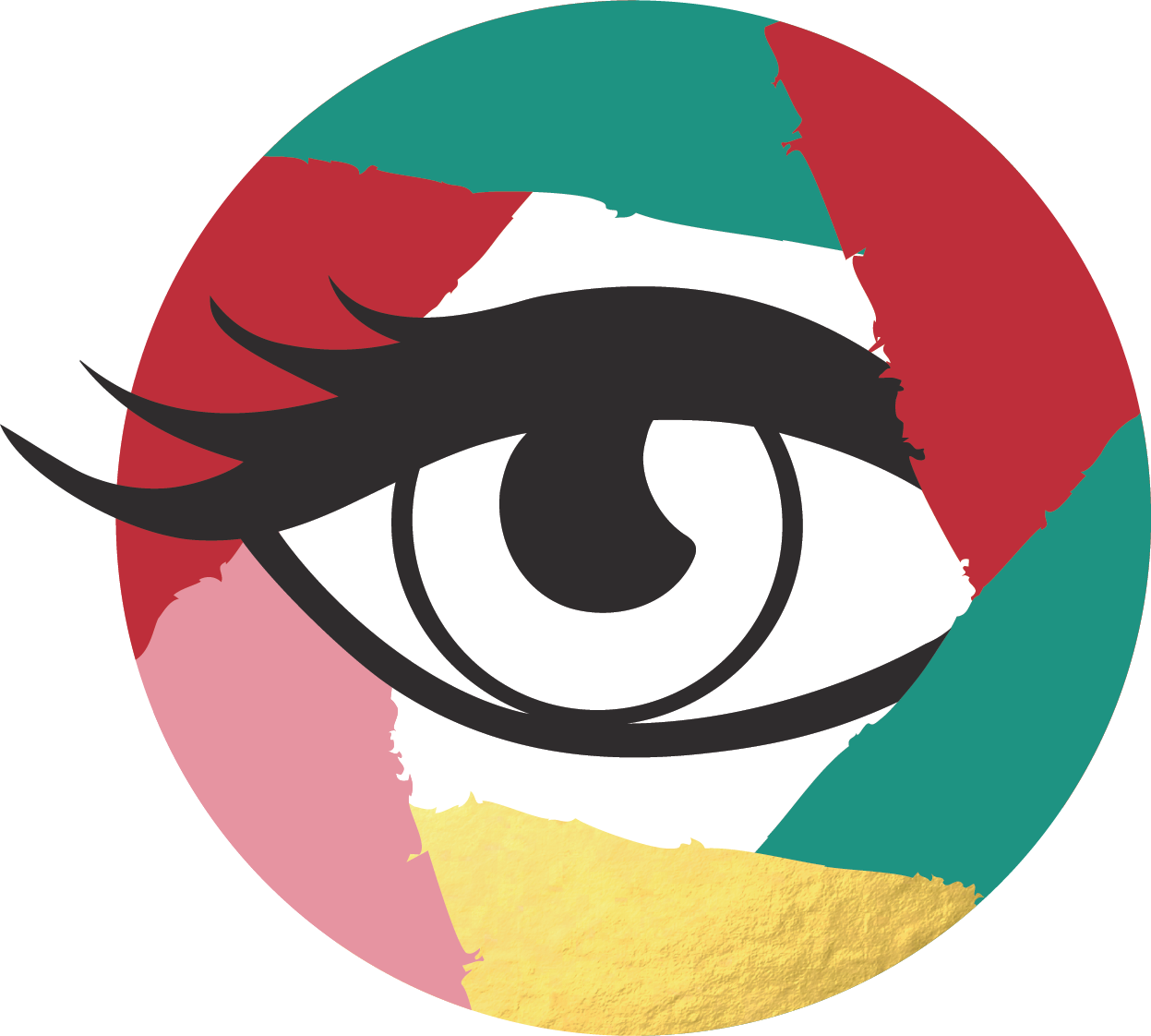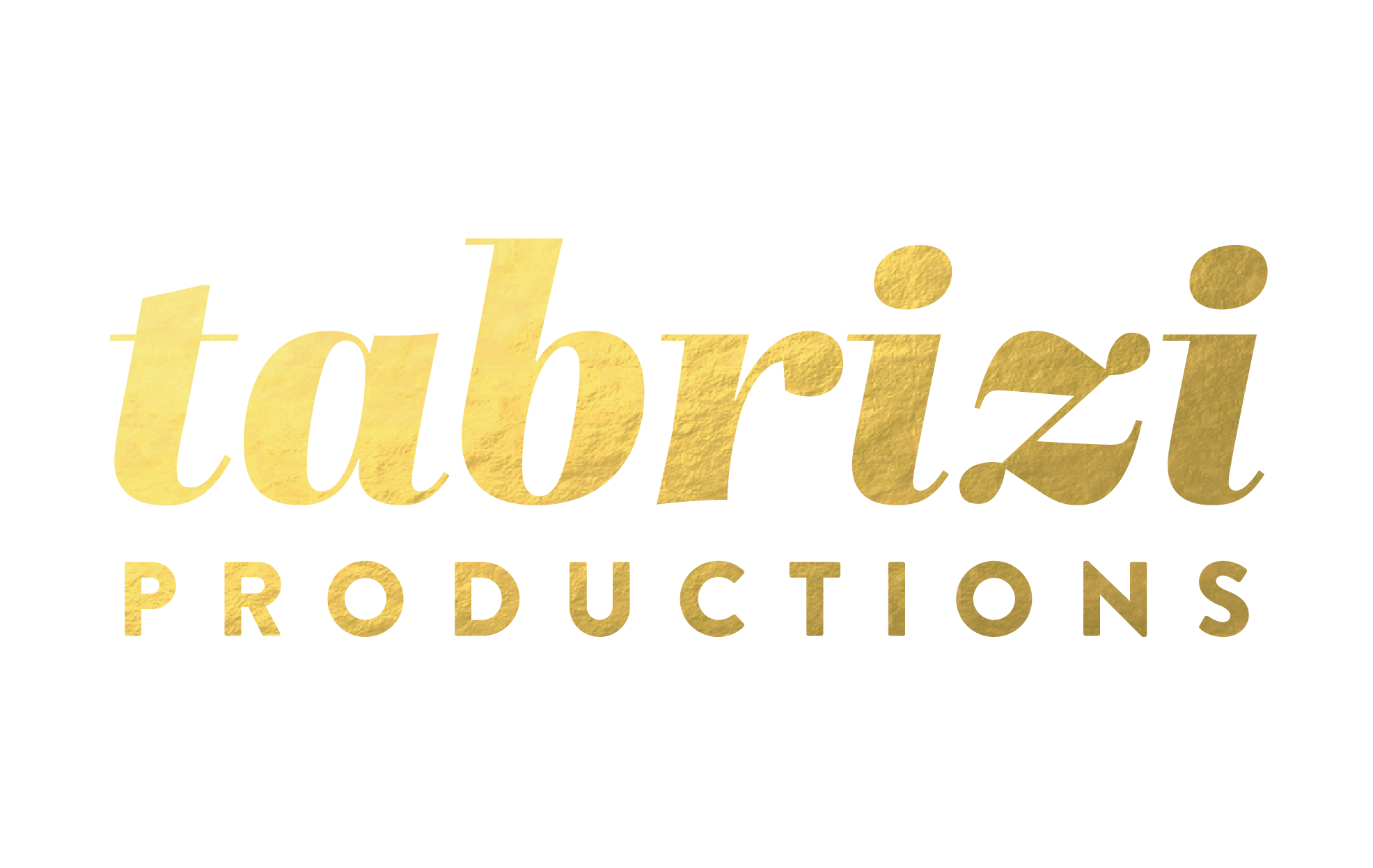Video Translations… Dubbing? Subtitles? Text-to-Speech (TTS) Systems?
Chances are, you’ve come to this blog post wondering whether video translations are the right choice for you and your company. And if the answer to that is “yes,” whether you should use voiceover translations (the practice of replacing the original audio file with one in a different language) or subtitles (captions at the bottom of the screen).
Video translations in different languages can be applied to all kinds of videos—from client-facing product/service videos to internal ones (like training or company culture videos)—and there are a number of reasons why I recommend them to my clients. There is also a specific rationale behind my suggestion to use dubbing rather than subtitles). Let’s unpack those reasons so you can see exactly why this is a worthwhile investment for you and your audience.
Video translations… because your brand’s audience is multilingual
Your Audience Is Multilingual
The most straightforward reason for language voiceovers and subtitles is that, chances are, you’re trying to reach a multilingual audience.
If you’re planning to go global, this should be a given—but it also applies to brands with a nation-wide strategy as well. Afterall, in nine states, one in four residents speak another language besides English at home. That’s not the kind of numbers we should ignore!
If you don’t speak to your perspective audience in the language they are most comfortable with, you risk alienating them. Your video can be an aesthetically pleasing masterpiece, but if you don’t get your message across to your diverse audience… what’s the point?
This is particularly relevant if you want to reach urban dwellers because immigrants are statistically much more concentrated in cities and suburban areas. This is a really big deal for me (and many of my clients) living in the Silicon Valley, one of the most culturally diverse areas in America. As of 2019, 72.6% of San Jose’s residents were born outside the United States… we’re talking 742,000 people here!
Inclusion
But let’s take a minute to look beyond the stats.
When I use video translations at Tabrizi Productions, I prefer dubbing over subtitles
Now, more than ever, we understand the importance of improving our inclusivity efforts. Video translations show your viewers that you’re willing to make an effort to communicate with them rather than discount them. Creating accessible video content is a gesture of respect and good will. I promise you it won’t go unnoticed by your perspective audience.
A Note on Nonprofits
If you’re a nonprofit seeking to support underserved communities (a chunk of which are foreign language speakers), video translations should be a top priority. What’s the point of a resource if you don’t know it’s available to you?
Take one of my clients, Second Harvest of Silicon Valley. This organization supports 500,000 people each month, fighting hunger with free healthy food. In California, where 10.4 million of our state’s inhabitants speak Spanish, the decision to add Spanish voiceovers to their videos was a no-brainer. They also included Vietnamese options. I love that they are intentionally engaging their local community in conversation.
Example of video voiceover translations with Tabrizi Productions client: Second Harvest Silicon Valley
Okay… But why choose voiceover recordings over subtitles?
Though my nonprofit partners have been leading the charge in switching from subtitled videos to ones with human voiceovers—requesting videos dubbed in Vietnamese, Spanish, Russian, and Chinese—I think this should be something that everyone should be getting on board with!
Recording a Chinese Translation for my Client Second Harvest Silicon Valley
First off, it shows you’re going the extra mile to care for your audience’s needs. Furthermore, the auditory component engages your audience more conversationally (whereas subtitles can seem like an afterthought). Transcriptions also show their limitations when you have more than one speaker on-screen at a time… and you don’t necessarily know whose saying what (and when).
To play devil’s advocate, I will say that one benefit of transcriptions is that they can give your brand a boost in SEO (key words and phrases in your writing that let search engines know you are an “expert” in your field and therefore boost you higher in search results online).
A Note on Text-to-Speech (TTS) Systems
Text-to-speech technology takes your written text and automatically produces a verbal audio. It might be tempting to simply throw your entire script into Google Translate before using a TTS system, but there are two reasons I advise against it.
Google Translations doesn’t navigate language like a translator who understands the nuances of that language… so avoid the grammatical errors!
The first, is that, because the software is still developing, it still sounds pretty robotic and it will inevitably mispronounce names, places, and products. Despite it’s shortcomings, it’s actually readily accepted by TikTok makers (so if you’re audience is Gen Z, go for it)… But I also know a number of older folks who find TTS voiceovers grating. So tread with caution.
Secondly, relying on Google Translations for an accurate is going to give you a number of grammatical errors. That’s because phrases don’t always have direct correlations or words have multiple meanings—but of which can result in poor translations.
So do yourself a favor and allow a production company to help you with those needs… Your audience will thank you for it! When you collaborate with Tabrizi Productions, we’ll make sure your message comes across to your audience with accurate close captions and human voiceovers.
If you like what you’ve heard and you want to learn more about how to create video for Instagram, Facebook, Youtube, or TikTok then don't leave without signing up for my * newsletter * to gain more "quickie" video tips, course content and exclusive video coaching offers that will give you the confidence to do it on camera.





